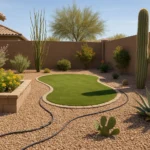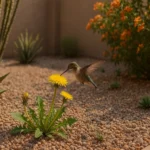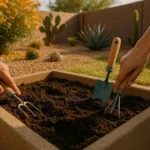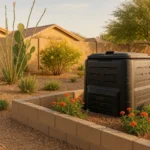As the heat of summer in Gilbert, Arizona, begins to intensify in May, it’s crucial to ensure your yard gets just the right amount of water, not less and certainly not more. Overwatering can be just as damaging, if not more, than underwatering. The risk of overwatering is especially high with drip irrigation systems, where water is delivered directly to the plant’s base, bypassing the natural process of rainwater absorption. This article provides insightful tips to help you avoid overwatering in May using your drip irrigation system.
Understanding the Consequences of Overwatering
Overwatering is a common mistake made by many homeowners in Gilbert, primarily due to misconceptions of desert plants’ need for water. It’s essential to understand that overwatering can lead to various problems for your plants and yard. Excess water can drown the plants, depriving them of oxygen and leading to root rot, a condition that compromises the plant’s health and could eventually lead to its death.
Overwatering also encourages the growth of fungus and mold, which can quickly spread across your yard, damaging or killing other plants. Moreover, excess water can wash away essential nutrients from the soil, leaving your plants deficient and unhealthy. Lastly, overwatering wastes precious water – a resource we should all strive to conserve, especially in our desert environment.
Smart Tips for Drip Irrigation in May
Now that we’ve highlighted the dangers of overwatering, let’s delve into some smart tips to prevent this problem in May using your drip irrigation system.
Firstly, you should adjust your irrigation system as the season changes. In May, as the temperatures rise, your plants will need more water than they did in the cooler months. However, this doesn’t mean you should let your system run longer. Instead, consider increasing the frequency of watering but decrease the duration. This approach allows the water to penetrate deeply into the soil, encouraging the roots to grow deeper, which will make your plants more drought-resistant as summer progresses.
Tuning Your Drip System to Avoid Overwatering
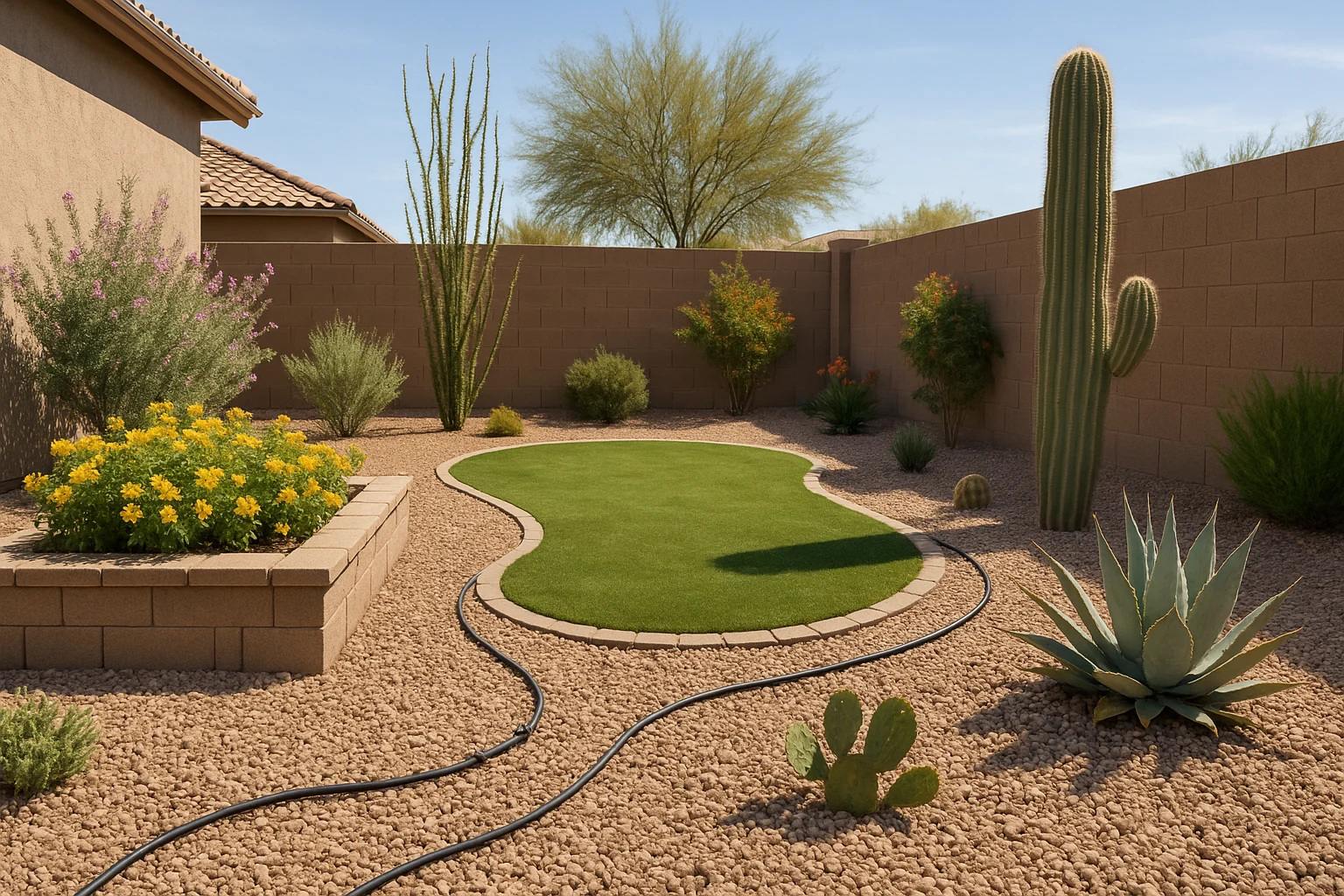
Knowing how to tune your drip system correctly is a crucial skill for any Gilbert homeowner wanting to avoid overwatering. Start by observing your plants. If they show signs of overwatering, such as yellowing leaves or a generally sickly appearance, it’s time to adjust your system. You can either reduce the watering duration, frequency, or both, depending on the severity of the overwatering.
Remember, different plants have different water requirements. Don’t set your system to a one-size-fits-all schedule. Instead, group plants with similar water needs together, and adjust your drip system accordingly. For more insights on setting up an efficient drip irrigation system, you can refer to our previous article titled “Setting Up Efficient Drip Irrigation in Gilbert“.
Monitoring Soil Moisture Level
A successful watering schedule relies heavily on understanding the moisture needs of your soil and plants. Invest in a good soil moisture meter, which will give you an accurate reading of how much water your soil holds. With this information, you can adjust your watering schedule to ensure your plants get just the right amount of water they need.
Another simple way to monitor soil moisture is the finger test. Insert your finger up to the second knuckle into the soil. If it feels dry, it’s time to water. If it’s damp or wet, wait for a day or two before the next watering. This method, while not as precise as a moisture meter, can provide a good indication of when to water your plants.
Final Thoughts
Overwatering is a common issue in Gilbert, especially in May when the temperatures begin to rise. While your intention might be to keep your plants hydrated and healthy, overwatering can lead to a myriad of problems, including plant disease, fungus growth, nutrient depletion, and water wastage. By following the tips shared in this article and adjusting your drip irrigation system appropriately, you can ensure your plants get just the right amount of water they need, promoting their health and conserving water in the process.

